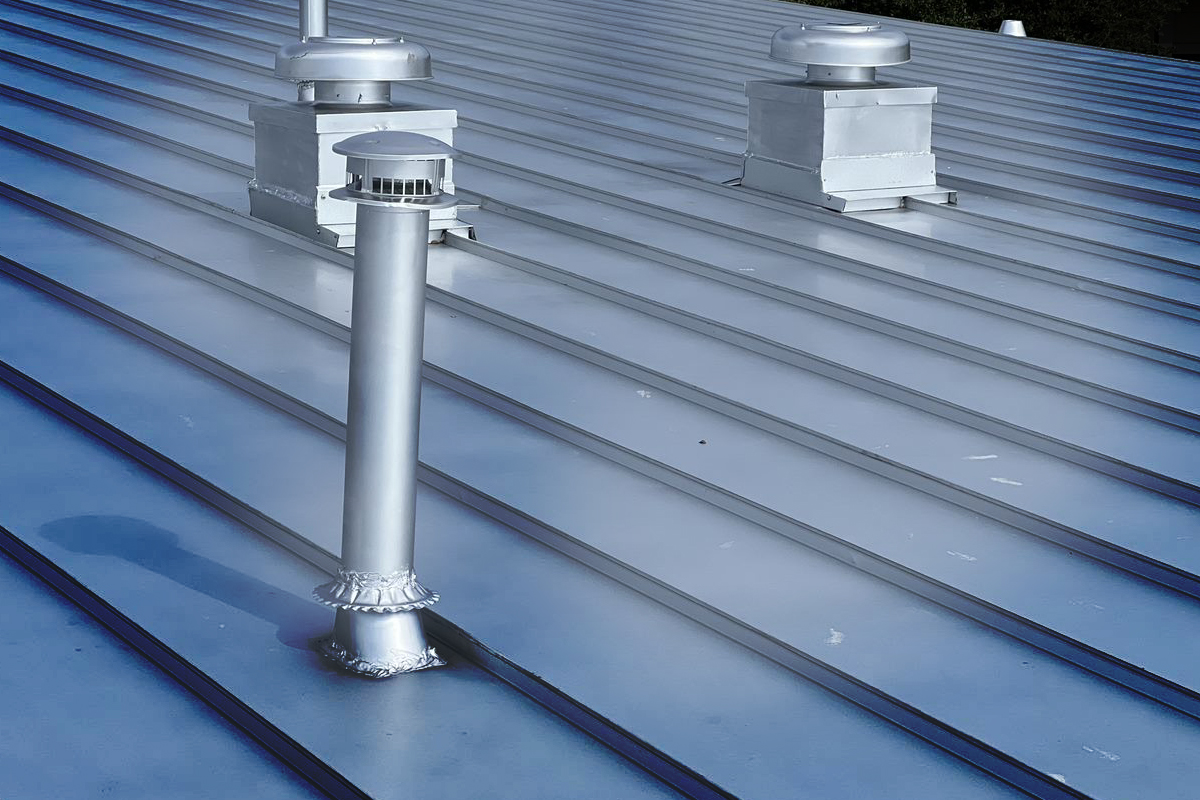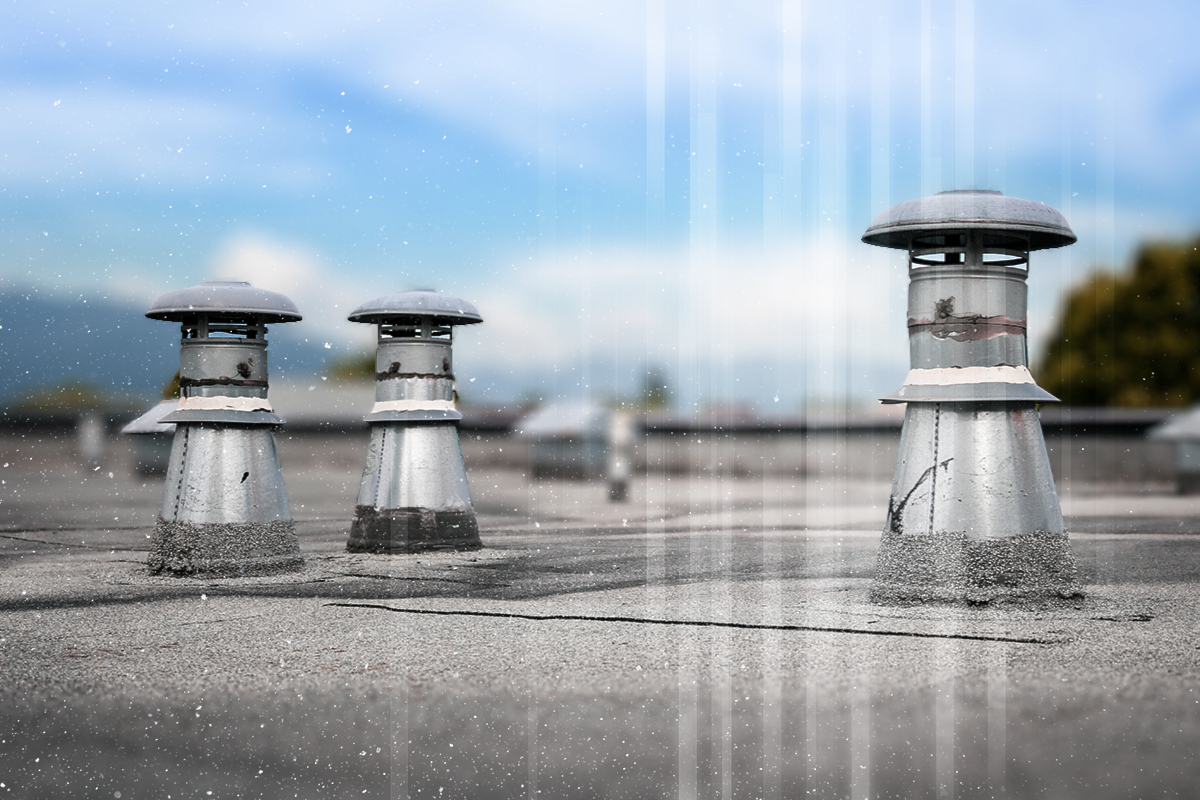Storm Season
Storm Season
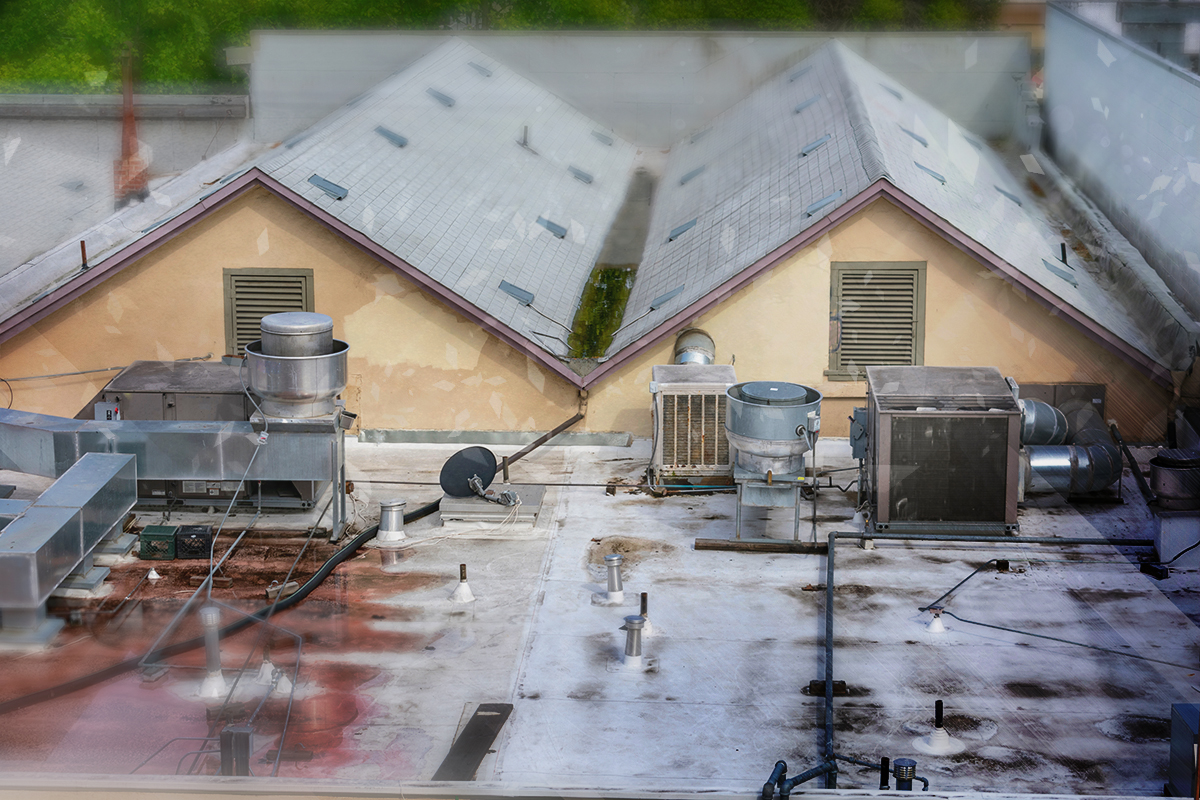
Storm Season
Storm season can be a challenging period for commercial buildings. With unpredictable weather events, it can be challenging to keep your building’s occupants safe, secure, and comfortable during storms. However, with the right preparations and precautions, you can minimize the impact of storms on your commercial building. In this blog post, we will provide you with five helpful tips to prepare your commercial building for the storm season, including how to assess your building’s vulnerability, safeguard key equipment and systems, develop an emergency response plan, maintain your building’s exterior, and enlist the services of professionals. So, keep on reading to discover valuable insights that will help you stay ahead of the game during the storm season.
1. Assess Your Building’s Vulnerability
The first step to preparing your commercial building for the storm season is to assess its vulnerability. Start by identifying potential hazards in and around your building, such as loose objects that could become projectiles during high winds. Then, evaluate your building’s structural integrity, including the roof, windows, doors, and walls. Look for signs of wear and tear, leaks, and other damage that could compromise your building’s resilience during a storm.
2. Safeguard Key Equipment & Systems
Your commercial building may have critical equipment and systems that are essential to your business operations. Examples include HVAC systems, electrical equipment, servers, and data centers. Storms can cause power outages, floods, and other disruptions that could damage or disable these systems. To minimize the impact of storms on your building, take steps to safeguard your key equipment and systems. This could include installing surge protectors, investing in backup generators, or relocating sensitive equipment to higher floors or away from flood-prone areas
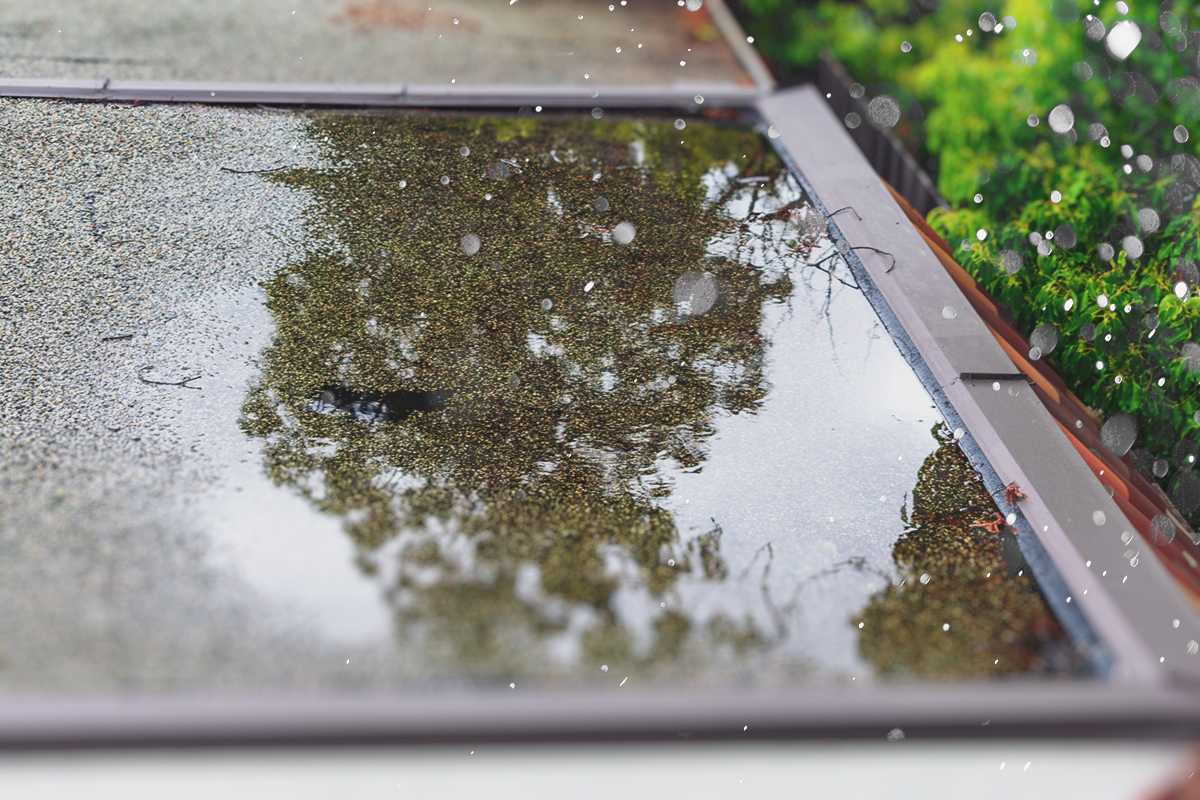
3. Develop an Emergency Response Plan
4. Enlist the Services of Professionals
Consider enlisting ECG to help prepare your commercial building for the storm season. This could include hiring a roofing contractor to conduct a thorough inspection and repair any damage, or working with a security company to install surveillance cameras and other security measures. Experienced professionals can provide valuable insights and recommendations tailored to your building’s specific needs.
5. Maintain Your Building’s Exterior
Regular maintenance of your building’s exterior can help prevent storm season damage. Inspect your roof, gutters, downspouts, and drainage systems to ensure they are in good condition and free of debris. Trim tree branches and remove dead or damaged trees that could fall on your building during a storm. Reinforce windows, doors, and other openings with shutters or storm panels to protect them from high winds and flying debris.

Stay Informed
Storm Season
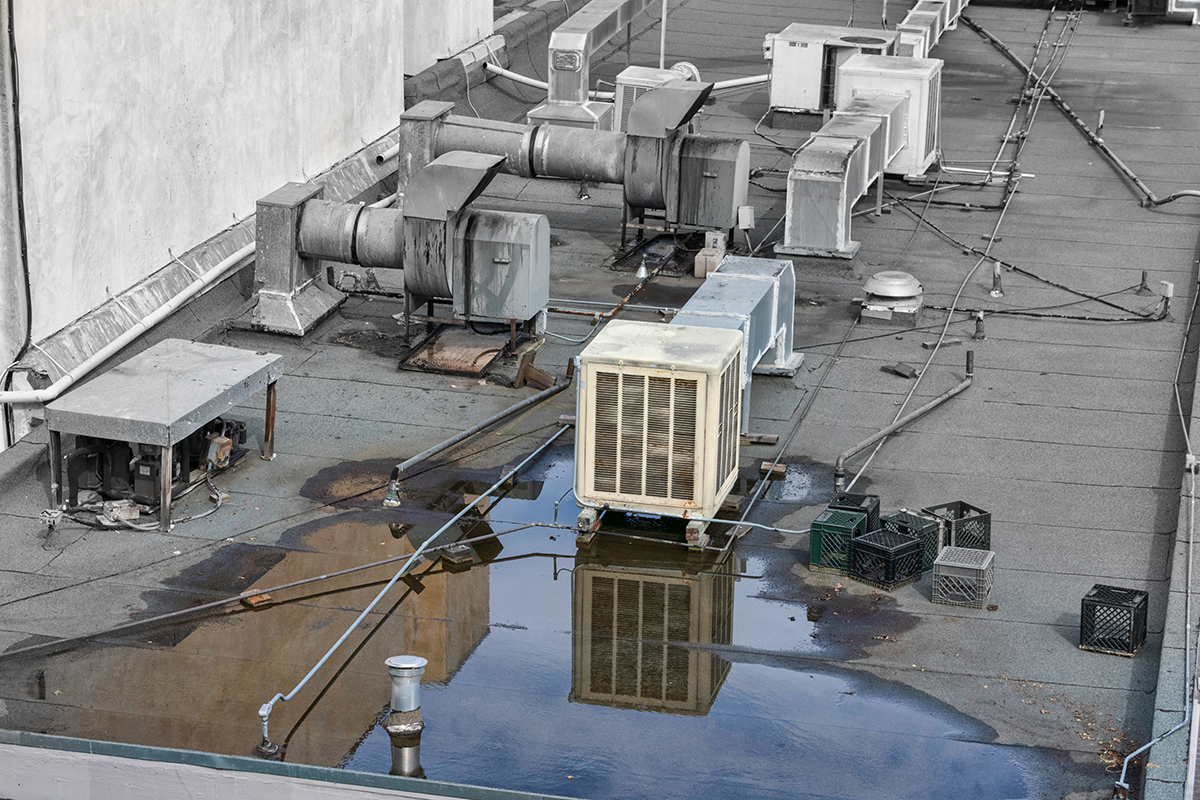
Storm Season
Storm season can be a challenging period for commercial buildings. With unpredictable weather events, it can be challenging to keep your building’s occupants safe, secure, and comfortable during storms. However, with the right preparations and precautions, you can minimize the impact of storms on your commercial building. In this blog post, we will provide you with five helpful tips to prepare your commercial building for the storm season, including how to assess your building’s vulnerability, safeguard key equipment and systems, develop an emergency response plan, maintain your building’s exterior, and enlist the services of professionals. So, keep on reading to discover valuable insights that will help you stay ahead of the game during the storm season.
1. Assess Your Building’s Vulnerability
The first step to preparing your commercial building for the storm season is to assess its vulnerability. Start by identifying potential hazards in and around your building, such as loose objects that could become projectiles during high winds. Then, evaluate your building’s structural integrity, including the roof, windows, doors, and walls. Look for signs of wear and tear, leaks, and other damage that could compromise your building’s resilience during a storm.
2. Safeguard Key Equipment & Systems
Your commercial building may have critical equipment and systems that are essential to your business operations. Examples include HVAC systems, electrical equipment, servers, and data centers. Storms can cause power outages, floods, and other disruptions that could damage or disable these systems. To minimize the impact of storms on your building, take steps to safeguard your key equipment and systems. This could include installing surge protectors, investing in backup generators, or relocating sensitive equipment to higher floors or away from flood-prone areas.

3. Develop an Emergency Response Plan
4. Enlist the Services of Professionals
Finally, consider enlisting the services of professionals to help prepare your commercial building for the storm season. This could include hiring a roofing contractor to conduct a thorough inspection and repair any damage, or working with a security company to install surveillance cameras and other security measures. Experienced professionals can provide valuable insights and recommendations tailored to your building’s specific needs.
5. Maintain Your Building’s Exterior
Regular maintenance of your building’s exterior can help prevent storm damage. Inspect your roof, gutters, downspouts, and drainage systems to ensure they are in good condition and free of debris. Trim tree branches and remove dead or damaged trees that could fall on your building during a storm. Reinforce windows, doors, and other openings with shutters or storm panels to protect them from high winds and flying debris.

Storm Season

Storm Season
Storm season can be a challenging period for commercial buildings. With unpredictable weather events, it can be challenging to keep your building’s occupants safe, secure, and comfortable during storms. However, with the right preparations and precautions, you can minimize the impact of storms on your commercial building. In this blog post, we will provide you with five helpful tips to prepare your commercial building for the storm season, including how to assess your building’s vulnerability, safeguard key equipment and systems, develop an emergency response plan, maintain your building’s exterior, and enlist the services of professionals. So, keep on reading to discover valuable insights that will help you stay ahead of the game during the storm season.
1. Assess Your Building’s Vulnerability
The first step to preparing your commercial building for the storm season is to assess its vulnerability. Start by identifying potential hazards in and around your building, such as loose objects that could become projectiles during high winds. Then, evaluate your building’s structural integrity, including the roof, windows, doors, and walls. Look for signs of wear and tear, leaks, and other damage that could compromise your building’s resilience during a storm.
2. Safeguard Key Equipment & Systems
Your commercial building may have critical equipment and systems that are essential to your business operations. Examples include HVAC systems, electrical equipment, servers, and data centers. Storms can cause power outages, floods, and other disruptions that could damage or disable these systems. To minimize the impact of storms on your building, take steps to safeguard your key equipment and systems. This could include installing surge protectors, investing in backup generators, or relocating sensitive equipment to higher floors or away from flood-prone areas

3. Develop an Emergency Response Plan
4. Enlist the Services of Professionals
Consider enlisting ECG to help prepare your commercial building for the storm season. This could include hiring a roofing contractor to conduct a thorough inspection and repair any damage, or working with a security company to install surveillance cameras and other security measures. Experienced professionals can provide valuable insights and recommendations tailored to your building’s specific needs.
5. Maintain Your Building’s Exterior
Regular maintenance of your building’s exterior can help prevent storm season damage. Inspect your roof, gutters, downspouts, and drainage systems to ensure they are in good condition and free of debris. Trim tree branches and remove dead or damaged trees that could fall on your building during a storm. Reinforce windows, doors, and other openings with shutters or storm panels to protect them from high winds and flying debris.

Stay Informed
Storm Season

Storm Season
Storm season can be a challenging period for commercial buildings. With unpredictable weather events, it can be challenging to keep your building’s occupants safe, secure, and comfortable during storms. However, with the right preparations and precautions, you can minimize the impact of storms on your commercial building. In this blog post, we will provide you with five helpful tips to prepare your commercial building for the storm season, including how to assess your building’s vulnerability, safeguard key equipment and systems, develop an emergency response plan, maintain your building’s exterior, and enlist the services of professionals. So, keep on reading to discover valuable insights that will help you stay ahead of the game during the storm season.
1. Assess Your Building’s Vulnerability
The first step to preparing your commercial building for the storm season is to assess its vulnerability. Start by identifying potential hazards in and around your building, such as loose objects that could become projectiles during high winds. Then, evaluate your building’s structural integrity, including the roof, windows, doors, and walls. Look for signs of wear and tear, leaks, and other damage that could compromise your building’s resilience during a storm.
2. Safeguard Key Equipment & Systems
Your commercial building may have critical equipment and systems that are essential to your business operations. Examples include HVAC systems, electrical equipment, servers, and data centers. Storms can cause power outages, floods, and other disruptions that could damage or disable these systems. To minimize the impact of storms on your building, take steps to safeguard your key equipment and systems. This could include installing surge protectors, investing in backup generators, or relocating sensitive equipment to higher floors or away from flood-prone areas.

3. Develop an Emergency Response Plan
4. Enlist the Services of Professionals
Finally, consider enlisting the services of professionals to help prepare your commercial building for the storm season. This could include hiring a roofing contractor to conduct a thorough inspection and repair any damage, or working with a security company to install surveillance cameras and other security measures. Experienced professionals can provide valuable insights and recommendations tailored to your building’s specific needs.
5. Maintain Your Building’s Exterior
Regular maintenance of your building’s exterior can help prevent storm damage. Inspect your roof, gutters, downspouts, and drainage systems to ensure they are in good condition and free of debris. Trim tree branches and remove dead or damaged trees that could fall on your building during a storm. Reinforce windows, doors, and other openings with shutters or storm panels to protect them from high winds and flying debris.

SCHEDULE A FREE INSPECTION
Schedule a Free Inspection

General Contracting Services - Est.1996
Mon – Fri
9am : 5pm
Saturday
10am : 2pm
Sunday
Closed
(833) 324-2699
CONTACT INFORMATION
ECG Corporate Location
TEXAS – COLORADO – OKLAHOMA | ➥ SEE ALL DIVISIONS
ECG COMMERCIAL
TEXT “ECGINFO“ TO “21000”

